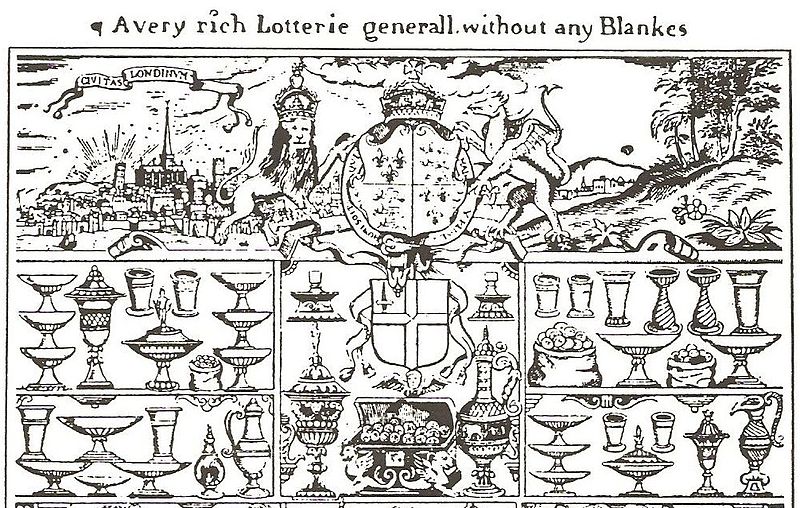TannerRitchie’s Annual Holiday and Year End Sale is back!
It’s that time of year again, and what a year it has been for TannerRitchie! We have a new look and a new Mobile Web Browser for MEMSO. And to celebrate, we’re having a sale! TannerRitchie’s entire ebook catalogue is on sale, and so is Quick Access to MEMSO – ideal for personal use. So stock up on downloads or try out MEMSO for as little as $10!!
It’s Not About the Books. It’s How You Use Them.
Because TannerRitchie Publishing was founded by two historians, we know how the books in our catalogue are used. We take great care to ensure our ebooks are as researcher-friendly as possible, with bookmarks that are actually relevant and usable (years, dates, reigns, entry numbers, etc.) The same goes for our extremely powerful, sophisticated and popular database MEMSO (Medieval and Early Modern Sources Online). We designed MEMSO to be a virtual desktop. Conduct unlimited searches, and work with as many books and manuscripts as you want … at the same time. There are also tools to aid you in your research, and the ability to print pages, copy and paste to bibliographic software like Zotero, and save material on your own bookshelf. And don’t forget, if we don’t have a book or a series that you need, let us know. Our incredibly popular Suggest a Book feature means you can tailor MEMSO to fit your teaching and research needs.MEMSO: It’s fast, it’s powerful and clients who use it LOVE it.
QUICK ACCESS to MEMSO is available for individuals…. and 50% off!
Use MEMSO for an hour or for a month.
Whatever time option you choose, you will have complete and unlimited
access to our entire database and catalogue of books and manuscripts …
and with ebooks to keep*. So go on – give MEMSO a go. At 50% off it’s an incredibly cost-efficient way to experience the power of MEMSO. (*excludes the one hour option)
Facebook & Twitter
We use MEMSO to come up with interesting historical tidbits. Some are factual, some are funny and some are just plain gross. But we love doing it, and our followers love reading them. So like us on Facebook or follow us on Twitter. Procrastination has never been so easy.Finally, from all of us at TannerRitchie Publishing, may we wish you and yours a wonderful Holiday Season, and a happy, healthy and successful 2013.
2012 Catalogue (with new books still to come in December and January!)
- Acts of the Parliament of Scotland, volume 1
- Calendar of Inquisitions Post Mortem [Edward II, Edward III, Henry VII]
- Calendar of Fine Rolls, volumes 11-22 [1391-1509]
- Calendar of State Papers Domestic [1671-1690]
- Calendar of Entries in the Papal Registers: Papal Letters, volume 14 [1484-1492]
- Calendar of Patent Rolls [Richard II, Henry IV, Henry V]
- Calendar of Close Rolls, Henry III
- Curia Regis Rolls [John, Henry III, Richard I]
- Exchequer Rolls of Scotland, volumes 16-23 [James V, Mary, James VI]
- Journals of the House of Commons, volumes 3-9 [Charles I-James II]
- Journals of the House of Lords, volumes 1-8 [Henry VIII-Charles I]
- Rolls Series
- Bannatyne Club
- Camden Society
- Letters written by John Chamberlain during the reign of Queen Elizabeth
- Correspondence of King James VI with Robert Cecil during the reign of Queen Elizabeth
- Lists of Foreign Protestants and Aliens resident in England, 1618-1688
- Letters from George Lord Carew to Sir Thomas Roe, ambassador to the Court of the Great Mogul, 1615-1617
- Letters from Sir Robert Cecil to Sir George Carew
- Letters of Queen Margaret of Anjou and Bishop Beckington and others written during the reigns of Henry V and Henry VI
- Original letters and papers illustrative of the life and writings of John Milton
- Letters and other documents illustrating the relations between England and Germany at the commencement of the Thirty Years’ War
- Diary of the marches of the Royal Army during the Great Civil War kept by Richard Symonds
- A selection from the Wills of Eminent Persons proved in the Prerogative Court of Canterbury, 1495-1695
- Historical Manuscripts Commission
- Report on the Manuscripts of the Marquess of Downshire [Papers of William Trumbell – 1605-1695]
- Calendar of the Manuscripts of the Marquis of Salisbury: The Cecil Manuscripts, volumes 15-18 (1603-1606) (coming soon)
- The Works of Sir Francis Bacon, volume 8-14 [The Letters & The Life of Francis Bacon collected by James Spedding] (coming soon)















